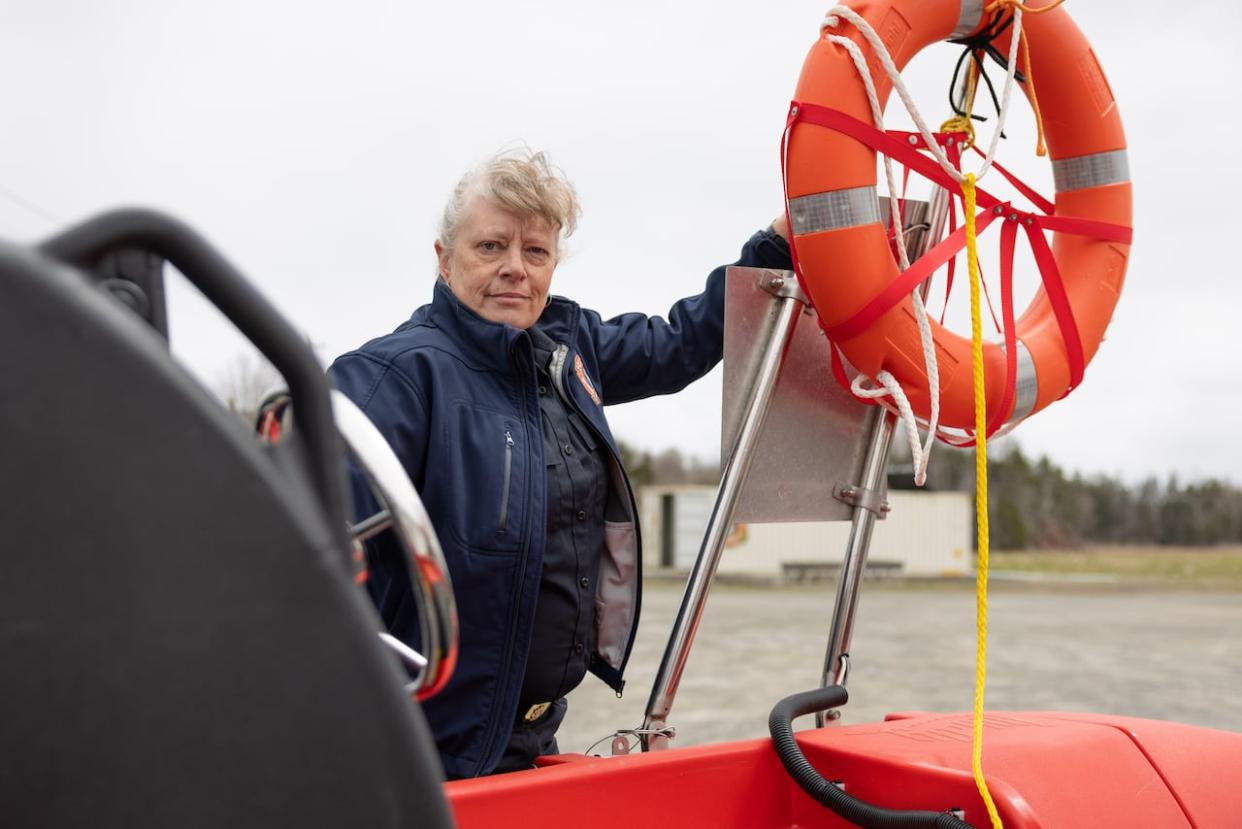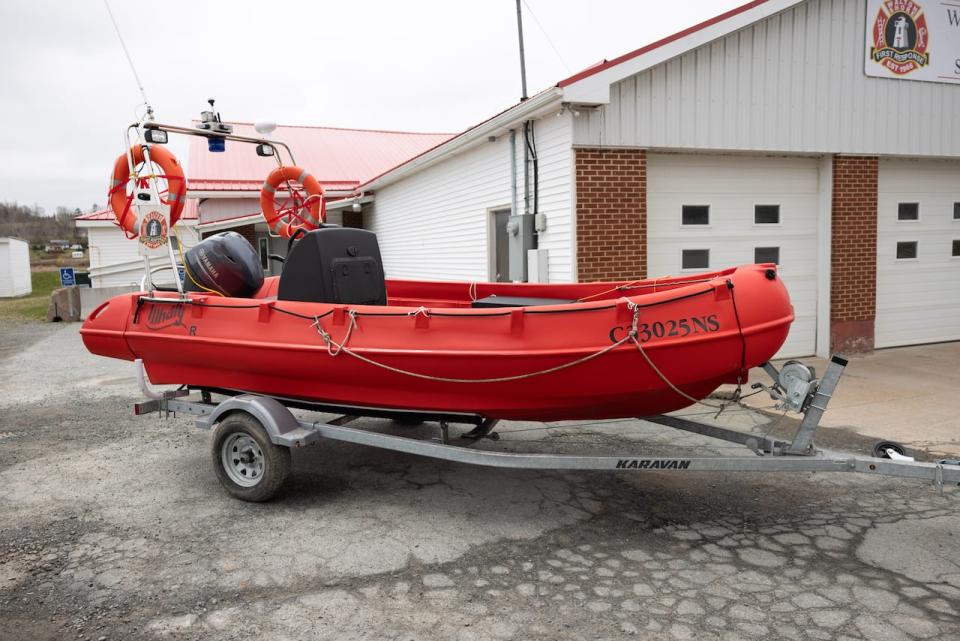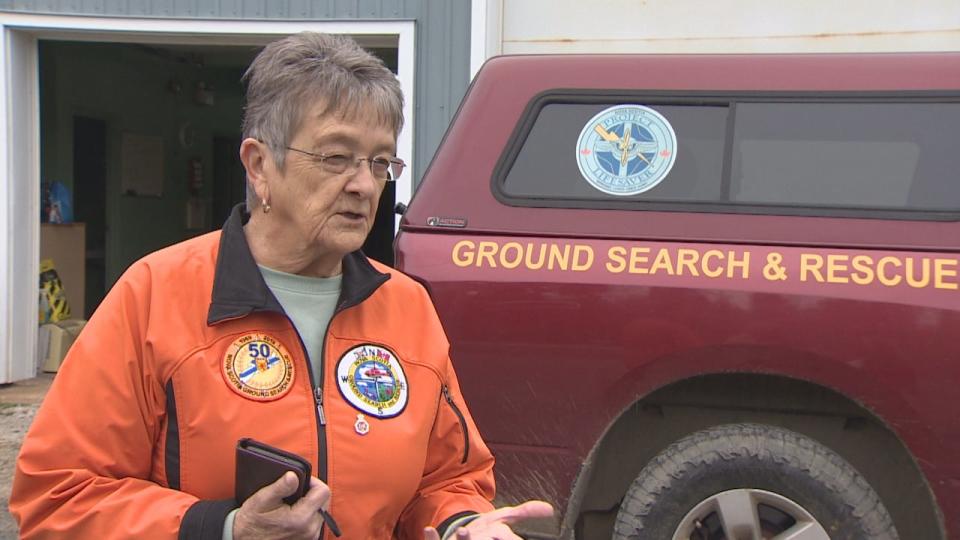Rescue boats saved lives during last year's floods. But not all fire departments can afford them

Almost a year ago, the Walton Shore Fire Department's rescue boat played a role in saving lives when torrential rains caused flooding.
A year later, some rural fire stations say they require more funding to get the equipment they need to prepare for similar climate emergencies.
Barb Taylor, deputy chief of the Walton Shore fire brigade, said the Brooklyn Fire Department called them that night, urgently requesting a boat that their own fire department did not have. Brooklyn is a 25-minute drive from Walton Shore.
"They called our fire department because they knew we had a boat," Taylor said. "It served its purpose in that one night. If we never use it again, it did its job."
Without the use of the boat, Taylor said the night of flash floods that claimed four lives might have turned out to be more disastrous.
During the night of July 21, 2023, the Brooklyn fire department sought help from fire departments across East Hants, West Hants and Kings County. But many of those departments didn't have a boat on hand and lacked the training for swift-water rescue.

The boat that was used to rescue seven people during the floods last July. (Robert Short )
According to the Firefighters of Nova Scotia apparatus list, 60 fire departments in the province out of 288 had motorized boats as of last August. This number has since grown to 84.
At Taylor's department, their Whaly boat cost $42,000. Purchased three years ago, the department also had to pay for associated costs that included training, licensing, radio equipment and a container that holds the boat. The department has paid in the range of $140,000 in total costs.
Each fire department receives municipal and provincial funding, but Taylor says it never covers all the costs.
"We do fundraising all year long for not just this [boat], but all projects," Taylor said. "There's just never enough money to do what you'd like."
Sherry Veinot, president of Nova Scotia Ground Search and Rescue, said her organization often depends on the equipment fire departments have.
Veinot's organization also depends on fundraising to cover its own bills.
Operating budgets for Ground Search and Rescue's 23 units are around $20,000 a year per unit. Venoit said the operating grant per unit is around $3,000.
"We work to get everything that we have," Veinot said." And so I hope the government soon realizes that and sees what we have for equipment and what we need."

Nova Scotia Ground Search and Rescue president Sherry Veinot said her organization is not getting the funding it needs. (Brian MacKay)
Jeff Skaling, fire chief at the Canning Fire Department, a board member on the Kings County municipal council and the president of the Kings County Firefighters Association, said his fire department has access to a boat that was called to West Hants during the floods.
Skaling said some fire departments in Kings County can afford the necessities given the municipal tax base, but some fire departments have to rely primarily on fundraising and the weekly Nova Scotia Firefighters 50-50 draw to afford basic equipment.
While provincial funds seem meagre compared to the large costs of boats, Skaling said government understands the value of emergency responders after the forest fires and floods last year.
"I think the province realizes they've got an amazing resource here, both with volunteer and career emergency responders, and they're very open to supporting them right now," he said.
'We'll continue to work with our volunteers'
When asked Thursday about the financial support that is being offered to volunteer firefighters, Emergency Management Minister John Lohr referred to the province's Emergency Services Provider Fund and the $10 million of additional funding the province has provided over the past two years to every fire station across the province.
"We'll continue to work with our volunteers, continue to talk with them and certainly we're going to move forward and see what they need," he said.
"We're committed to our volunteer firefighters, our Search and Rescue, all of those first responders and we'll continue to work with them."
Taylor appreciates help from the Municipality of East Hants, the provincial government and her local community, but she said her department still needs to maintain its equipment. It also needs a better holding area for its boat.
She also said that as weather events arise, rescue boats should be accessible to all fire departments in the province.
"You can't rule out any department needing one, not with the climate change and the weather. It's just not predictable," Taylor said.
MORE TOP STORIES


